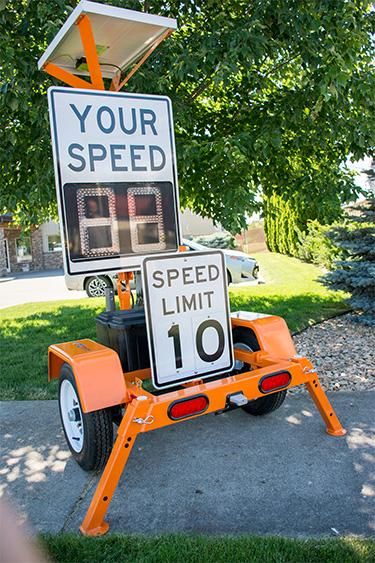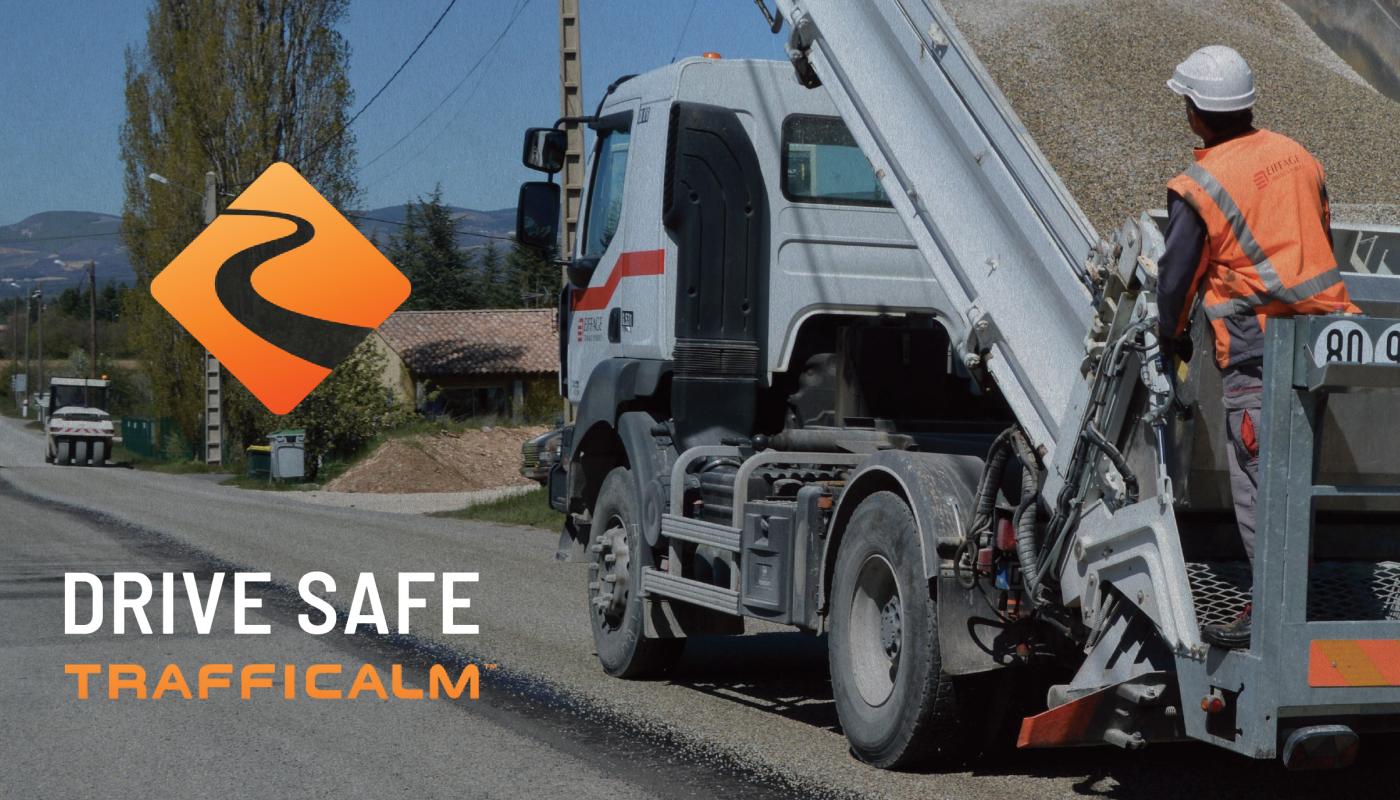The DOT reported 609 fatal accidents in work zones in 2012 (the most recent statistics available), 125 in just Texas alone (ref. Fatality Analysis Reporting System (FARS) 2012 ARF, NHTSA). Total work zones vehicles accidents reached nearly 33,000.
Work Zone Safety Quick Quiz
Small road projects can create serious risks. Is your job site operating safely? Take this short quiz to spot weak links in your work zone safety plan.
Know the Warning Signs
Safe construction signage warns drivers to changing conditions with plenty of time to react. Take stock of your work zone signs and consider the following questions.
- Are there enough signs to warn drivers from all directions?
- Are signs spaced adequately to give enough time to react?
- Are signs large enough and high enough to provide good visibility to all kinds of drivers?
- Do your construction signs give specific warnings for realistic road conditions?
- Do your signs warn of narrowing roadways, merging lanes, diverting or detouring traffic?
- Is electronic signage (where appropriate for conditions) functioning properly?
It’s all in the Delineation
Delineation and channeling devices include cones, barrels and other road markings. Giving drivers good instructions improves work zone safety. Survey the delineation tools and their placement around the worksite to look for problem areas.
- Are roadway markings clear and legible?
- Are markings reflective?
- Do conditions warrant use of strobes in lane markings? (frequent fog, road curvature, heavy snow)
- Channeling devices need to be spaced correctly (no more than 1m x speed limit under most conditions)
- Are cones, tubular markers and vertical panels at least 28” tall with appropriate ballast? (ref. cflhd.gov/ resources “Work Zone Safety Inspection Check List)
- When using drums, are they at least 36” high and 18” wide?
Zen and the art of Traffic Calming
Traffic calming measures improve work zone safety by making it difficult to speed or by signaling to drivers to slow down. Lowering the average speed of traffic in the work zone decreases risks of accidents and gives drivers additional time to react to changing road conditions.
- Is the work zone using alternate road surface texture to slow drivers?
- Are programmable dynamic feedback signs being used, like portable Radar Speed Signs?
- Is there a driver education PSA campaign for work zone safety in the state? Are the signs displayed near the work zone?
Are work zones well marked and lit?
Safety First
It is not possible to prevent every accident, but the chance of fatal accidents can be greatly mitigated. By using established traffic control measures in work zones, DOT contractors can improve safety on all their projects.

